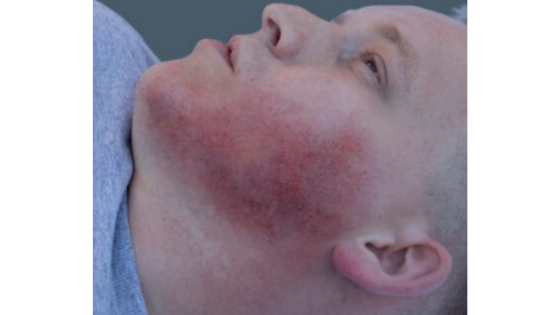
First Aid for a Broken Jaw
Share
I love basketball. The problem is, I’m not an overly tall person. Standing 5’ 6” and weighing only 120 pounds in high school, I didn’t fit the standard to play. My best friend was over six foot and as strong as an ox, which is a much better build for the sport. Although I was no match, we often played together.
One time while playing, my friend got the rebound and quickly spun around to sprint to the other side of the court. In the process, he caught me right on the chin and dislocated my jaw. I left the court and didn’t know what to do. This blog post will help you to know what to do if you are caught in a similar situation.
As always, this is a simple guide to help you take care of your emergency. The advice isn’t meant to replace medical care.
Basic First Aid for a Broken Jaw
You may not know if you have a broken jaw, or you just sprained it. Either way, the recommendation is the same.
First thing: If you are bleeding, stop the bleeding immediately. Apply gentle pressure to the area until bleeding stops. It can take 5-7 minutes of consistent pressure to stop bleeding. Make sure that all bleeding has stopped before doing anything else.
Next, examine the jaw to determine the level of the injury. If the jaw is out of place, DON’T try to set or straighten it. More often than not, trying to force the jaw back into place can cause more damage than leaving it where it is. Simply splint the jaw in place.
Splinting the Sprained or Broken Jaw

Splinting the jaw is simple. Don’t force the jaw to move, but close it as much as is comfortable. Using a strong and durable medical tape (we recommend Duct-Aid), apply tape on one cheek, bring it gently below the jaw, and attach on the other cheek (See picture above). Repeat this until you have two different points of support (See picture below). This will help keep the jaw from moving, and therefore add support to reduce pain as well as limit the amount of movement and further damage.

If you have ice or a cooling pack available, apply to the injured area. This will help to reduce swelling and discomfort. Also, if you can take Tylenol or aspirin, this can help to reduce pain and discomfort. However, don’t try to force the jaw open to take the medicine.
Conclusion
For me, I had to go to the clinic to see what was wrong with my jaw. Fortunately, it wasn’t broken! So the next day, I made sure I hit the court again.
P.S. Check out the best first aid kit you can get right here -> Duct-Aid
